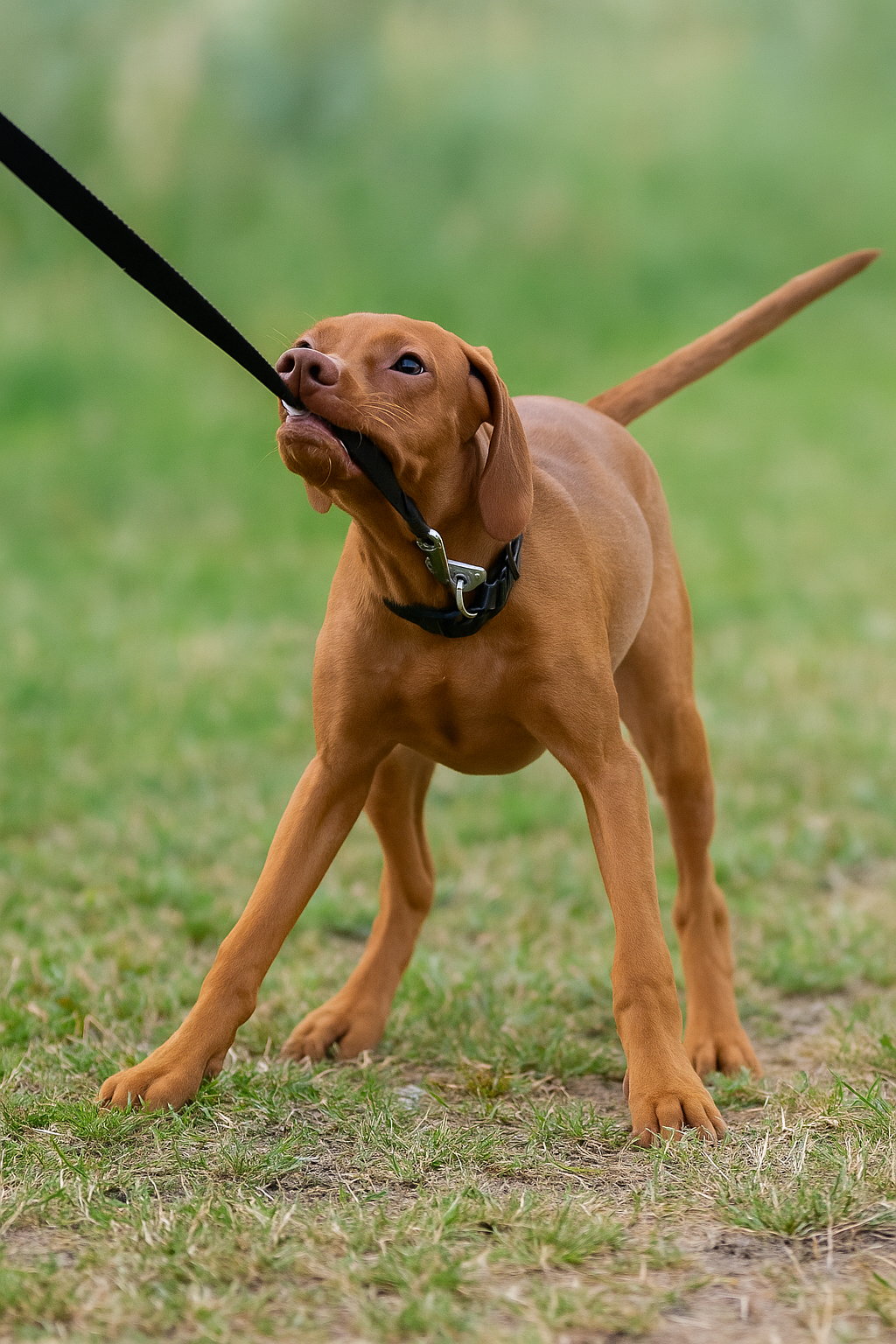How to Stop Aggressive Behavior in a Dog: 10 Proven Methods
Aggression in dogs is a serious issue that can put both people and pets at risk. While some aggression is rooted in fear or past trauma, other times it’s due to lack of training, poor socialization, or even medical problems. The good news is that with the right approach, aggressive behavior in dogs can be managed and corrected.
In this guide, we’ll explore the top 10 proven methods to stop aggressive behaviors in dogs while building a healthier, more trusting relationship with your pet.
Introduction: Understanding Dog Aggression
Aggression is one of the most common behavioral challenges dog owners face. It can appear as growling, snapping, lunging, or biting. While these behaviors can seem overwhelming, aggression is often a dog’s way of communicating discomfort, fear, or frustration.
Why Dogs Become Aggressive
• Fear or anxiety (feeling threatened)
• Territorial instincts
• Protective behavior
• Resource guarding (food, toys, space)
• Lack of socialization
• Medical issues causing pain
Signs of Aggressive Behavior in Dogs
• Growling or snarling
• Raised hackles (fur standing on end)
• Stiff body posture
• Intense staring
• Snapping or biting
Recognizing these signs early is key to stopping aggression before it escalates.
Top 10 Methods to Stop Aggressive Behavior in Dogs
1. Identify the Triggers
Pay close attention to when and where your dog becomes aggressive. Triggers could include strangers, loud noises, other animals, or certain situations. Once you identify the cause, you can work on desensitization.
2. Rule Out Medical Causes
Sometimes aggression is linked to pain, hormonal imbalances, or neurological conditions. Always visit a veterinarian first to rule out underlying health issues.
3. Establish Consistent Leadership
Dogs thrive with structure. Set clear rules for your home, and enforce them consistently. Calm, confident leadership reassures your dog and reduces aggressive tendencies.
4. Use Positive Reinforcement Training
Reward calm, non-aggressive behavior with treats, praise, and affection. Positive reinforcement builds trust and encourages good behavior without fear.
5. Avoid Harsh Punishment
Yelling, hitting, or using shock collars can worsen aggression. Dogs respond better to redirection and positive training techniques than intimidation.
6. Socialize Your Dog Gradually
Expose your dog to different environments, people, and pets slowly and under controlled conditions. Gradual socialization helps your dog build confidence.
7. Provide Adequate Physical and Mental Stimulation
A bored dog is more likely to show aggression. Daily exercise, playtime, and puzzle toys keep your dog physically tired and mentally satisfied.
8. Teach Basic Obedience Commands
Commands like “sit,” “stay,” “leave it,” and “come” give you control in tense situations. Consistent training helps redirect your dog’s focus away from aggression.
9. Manage the Environment to Prevent Aggression
If your dog is reactive toward strangers, avoid crowded areas until training improves. Use leashes, baby gates, or crates to manage exposure and keep everyone safe.
10. Work with a Professional Trainer or Behaviorist
Severe aggression requires expert help. Certified trainers and veterinary behaviorists use advanced techniques to address deep-rooted behavioral issues safely.
Long-Term Prevention of Dog Aggression
Importance of Routine and Structure
Dogs feel safer when they know what to expect. Consistent feeding, walking, and play schedules reduce stress and minimize aggression triggers.
Monitoring Progress and Adjusting Strategies
Keep track of your dog’s behavior over time. If one method doesn’t work, adjust and seek professional advice.
FAQs About Stopping Aggression in Dogs
Q1: Can aggressive dogs ever become friendly?
Yes. With the right training, patience, and sometimes professional help, many aggressive dogs learn to be calm and social.
Q2: Does neutering reduce aggression?
In some cases, yes. Neutering can reduce hormone-driven aggression, but it doesn’t solve all behavioral issues.
Q3: Is breed the main cause of aggression?
No. Aggression is more often influenced by environment, training, and past experiences than breed alone.
Q4: How long does it take to fix aggression?
It varies. Some dogs show improvement in weeks, while others need months of consistent training
Conclusion: From Aggression to Calm Companionship
Aggression in dogs can feel overwhelming, but it’s not a life sentence. By identifying triggers, providing proper training, and building trust, you can transform your dog’s behavior. Remember: patience, consistency, and positive reinforcement are your greatest tools.
For serious cases, don’t hesitate to seek professional guidance from a certified dog trainer or veterinary behaviorist. With time and dedication, your aggressive dog can become a calm, confident, and loving companion.

